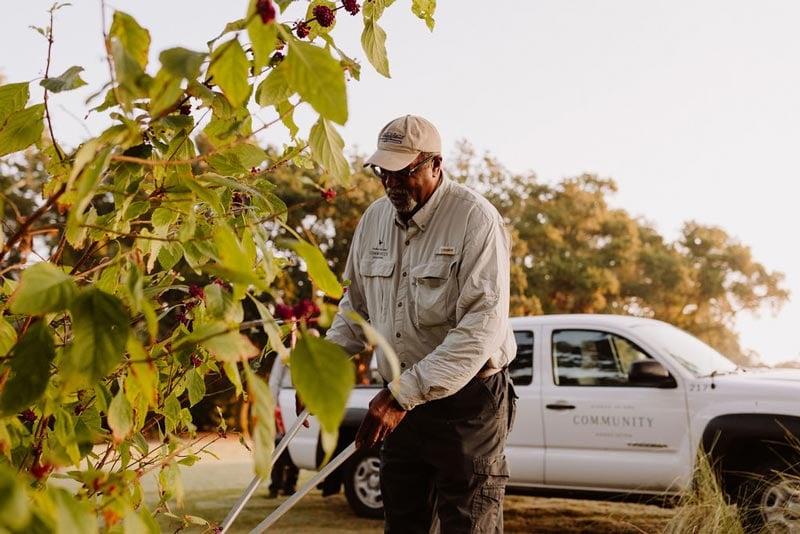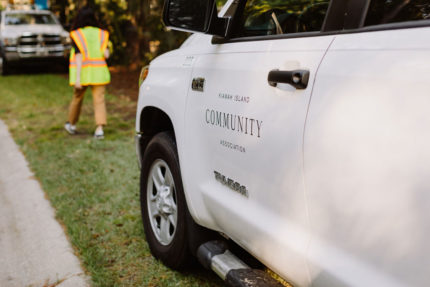Aug
08
2012
From The Blog
Kiawah’s Water Supply and Second Water Line
Kiawah Island Utility (KIU) General Manager Becky Dennis was invited to present at KICA’s July 9 board meeting on the status of Kiawah’s water supply. By way of background, KIU, as a part of its 2011 rate increase filing with the South Carolina Public Service Commission (PSC), made a strong and persuasive case for adding a second water line to bolster and assure high quality water service to the Kiawah Island community. In that filing, KIU stated “The need for a viable solution to ensure reliable and adequate (water) service cannot be underestimated or delayed.” While there was broad support among Kiawah residents and other participants in KIU’s rate case for the concept of a second line, a number of questions arose about the proposed placement of the second line and its cost estimates.
Subsequently, during the formal PSC hearings in Columbia on KIU’s increase request, the utility decided to withdraw its proposal for the second line.
The current supply to Kiawah is through a single, 30-year old, 16” ductile iron line running along the Kiawah Island Parkway from the roundabout to KIU’s Sora Rail facility. According to Ms. Dennis, KIU continues to experience more frequent breaks due to the age of the line and environmental conditions. For example, in the 10- year period from 1995 to 2005, there were 10 repairs made. As the infrastructure aged, 18 repairs were needed in the 5-year period of 2006-2011.
Ms. Dennis expressed confidence that the current 3.6 million water gallons per day capacity it receives from St. Johns Water Company (SJWC) will fulfill Kiawah’s water supply needs now and at complete real estate build out. KIU has, however, been considering the need for a second line for some time. Installation of such a line was not feasible until SJWC completed its new 24” feed from Charleston Water System (CWS) in July 2008. Until then SJWC did not have the flow capacity to allow a second connection.
In April 2011, KIU secured approval from SJWC for a second tap. Engineers were then tasked with examining the line size and best route to allow the secondary feed to come directly into the Down Island Pump Station facility. They reviewed and presented 12 different routes, varying in costs and complexity. According to KIU, costs ranged from $6.5 to 8.5 million.
Ms. Dennis stated that it is unlikely that the utility can meet a lender’s requirements for financing the construction of the second line based on existing cash flow. Therefore, KIU believes it will need either a guaranty from its parent company (Kiawah Partners – KP), or approval of an additional rate increase from the PSC designed to recover the costs of the second line in order to secure financing. The rate increase process can take six months or longer, and there are no guarantees that the utility’s request would be approved. Ms. Dennis declined to speculate as to KP’s possible participation in the financing effort.
Ms. Dennis stated that work on the proposed water line has been suspended due to the lack of a firm financing commitment. However, some preliminary work has been done, including:
• Soil borings and a related geotechnical investigation of the Kiawah River crossing for the preferred second line route had been completed. That route changed slightly due to the close proximity of a home located near the proposed Kiawah River crossing location, so some of this work will have to be redone.
• Easement requirements on private property have been identified and appraisals for easement acquisitions have been obtained. KIU has met with affected property owners to discuss the need for the secondary feed, and reviewed the easement requirements. Without financial assurance of adequate funds to repay the construction loan, KIU decided to cease its efforts to secure such easements.
Numerous permits would be required for this project, including from the Town of Kiawah Island , Office of Ocean and Coastal Resource Management/Department of Health and Environmental Controls (OCRM/DHEC), Charleston County, State of South Carolina and the United States Army Corp of Engineers. None of these have been applied for at this time.
In summary, until KIU is able to secure financing, and permits and easements are obtained, Kiawah remains dependent on the single water service feed to the island. With the necessary pieces in place, the project would likely take a year to complete. In the interim, water service may continue to be subject to periodic service outages due to repairs on the existing 30-year old line. Based on the strong case KIU has made regarding the need for the second line, and the potential impact on property values should frequent outages occur, KICA remains steadfast in its support for an alternate line. The KICA board of directors plans to continue to communicate with KIU about its efforts to address this important issue.

